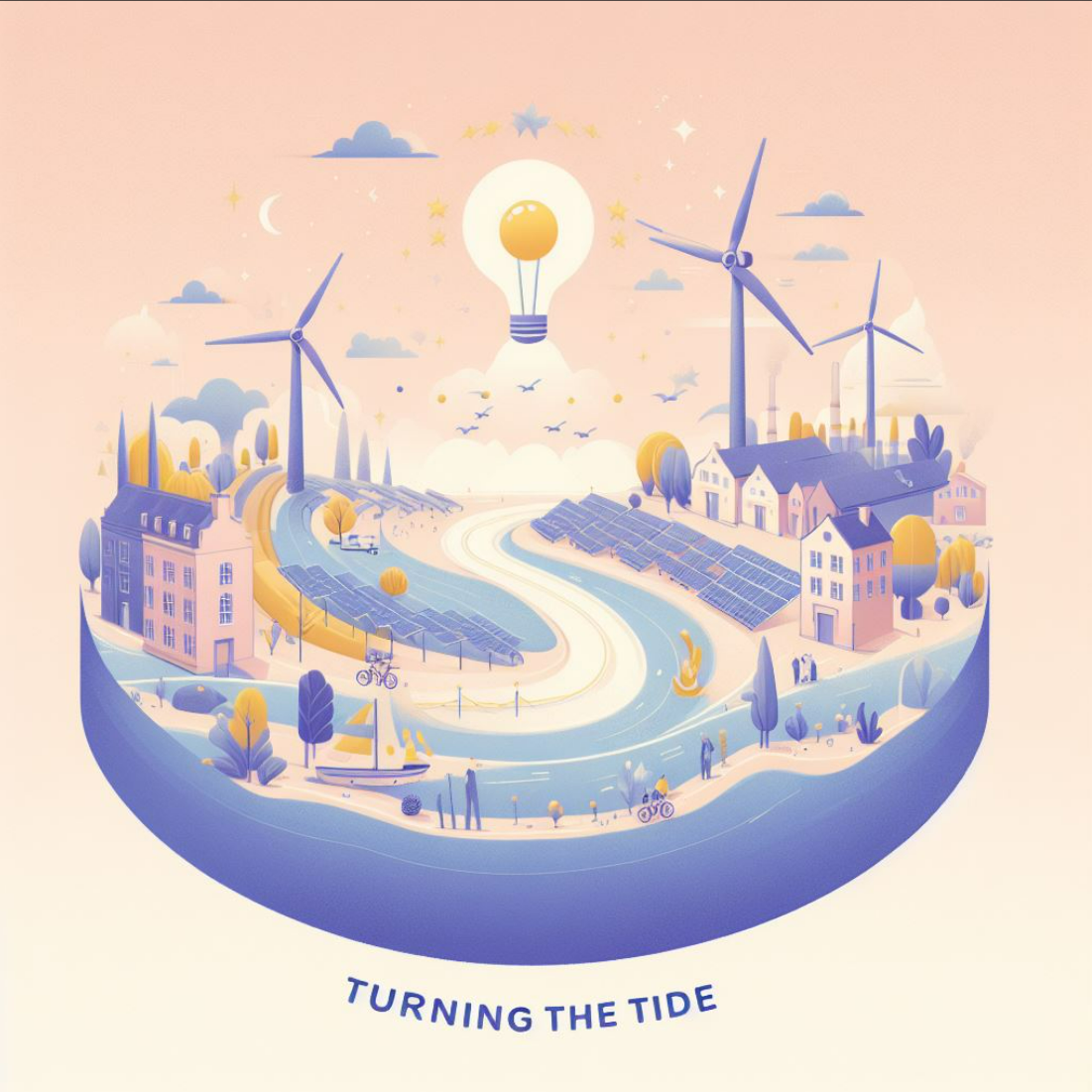
Turning the Tide: European Innovators in the Race for Climate Tech Investment
Climate and green tech investments are drying up, according to year-over-year data from PwC. Meanwhile, a 2023 white paper from World Fund, a leading European climate tech venture capital fund based in Berlin, notes that climate finance needs to increase by 590% ($4.35 trillion) annually by 2030, to meet European and global climate targets.
Although this is a global problem, it’s a particularly significant one for Europe. Arguments that Europe is falling behind the United States on key economic performance indicators are nothing new. The United States has more than 10 times the venture firms and six times the funding under management compared to Europe. The 2024 BusinessEurope Reform Barometer shows that 90% of members (which include industry federations and associations across 36 European countries) believe global firms see Europe as a less attractive investment location compared to global competitors, compared to three years ago. All of these trends, and others, can be seen repeated year over year.
Zooming into greentech specifically, despite the historical climate focus of the EU, the United States is emerging as the preferred market for climate-focused investments. That boils down to efficiency and red tape. Elena Bou, co-founder of the EU-supported innovation network EIT InnoEnergy, in a panel discussion at EU Industry Days 2023, pointed to the 2022 U.S. Inflation Reduction Act, signed into law and bringing billions in cleantech investment while the EU spent years on the Green Deal. The difference isn’t just on paper—it’s manifesting in Europe-founded and grown companies, arguably en masse, actively choosing to move their headquarters stateside. But it doesn’t have to be this way; “Europe has the potential to lead the global climate tech revolution,” says Danijel Visevic, founding partner at World Fund.
Bridging the Gap Through Investor Comms
This is a Europe-wide problem, but there are some approaches founders can take to bridge this gap on an individual level.
- Strategically choose your market. Familiarize yourself with the sectors with the most investment activity in your target market. This can help you get a sense of what geographies will be most promising for your industry.
- Rethink and streamline your talking points in front of investors. A recent article in Sifted outlined 10 mistakes startups make when talking about sustainability. One stood out in particular: the mistake of fixating on the negatives to engage your audience instead of highlighting the positives and potential. Investors (and the public) know climate change is the defining issue of our generation. What they want to hear is how your product or service can make a positive and real impact, and how by funding your startup, they can be part of this change.
- Clarify your marketing from your PR. Startups shouldn’t limit themselves to marketing only (i.e., the way you present yourself to prospects with the goal of converting sales). Instead, something we hear from investors is that many startups do have a real need for a PR and comms strategy, meaning the long-term development of your brand through executive visibility and media relations, two of Trilligent’s areas of expertise. Think about dedicating a portion of your funding to show how you’ll think ahead on your brand strategy, internally and externally.
- Dive deep (or let us dive deep for you!) on your policy environment. Regulatory frameworks can create plenty of opportunities—and risks—for innovative companies. Trilligent can help you make certain your business strategy and offering is and will remain viable from a regulatory standpoint (something which investors are keen to hear), while helping you gain a competitive edge by embedding the regulatory environment into your strategy.
RELATED ARTICLES






)